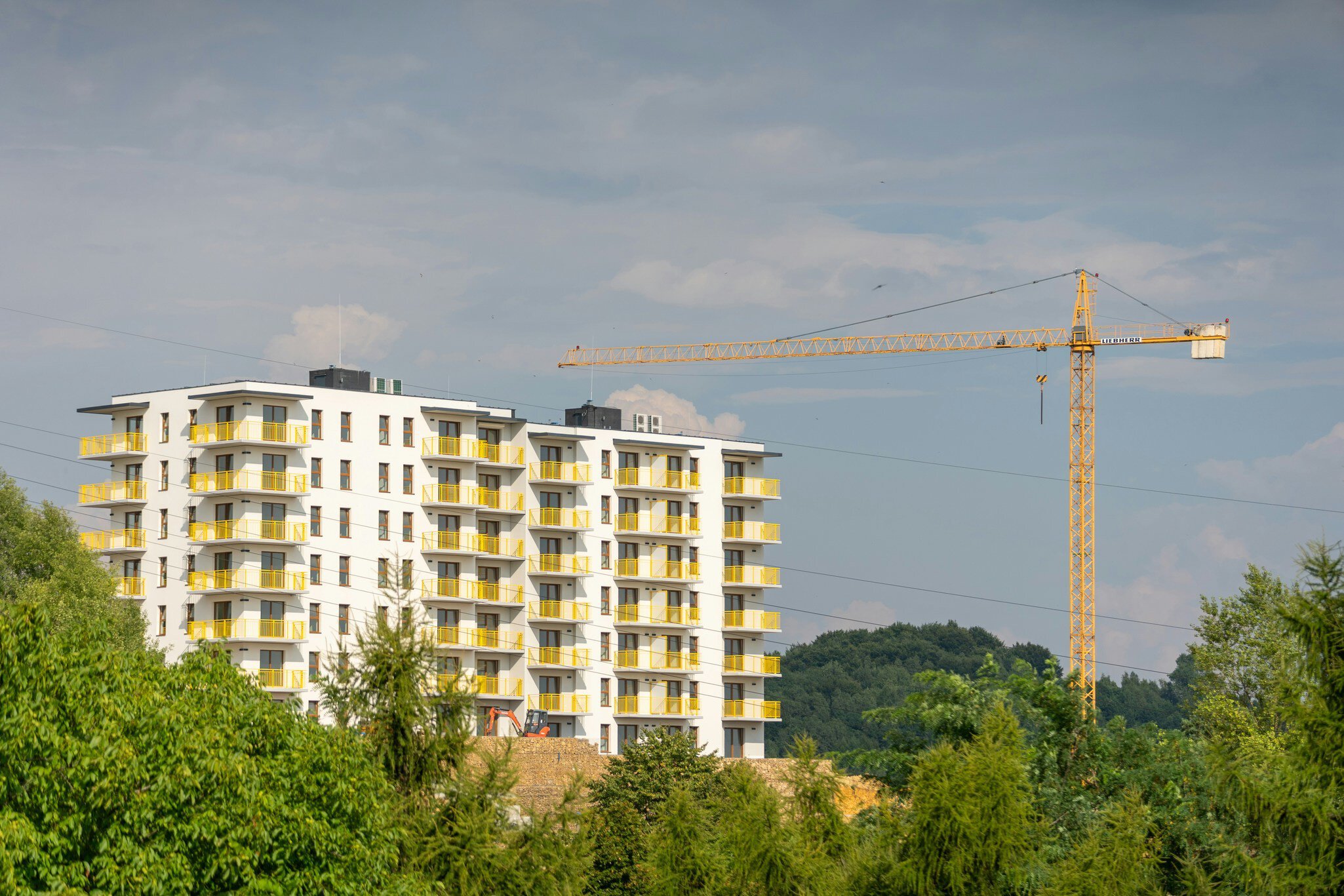Simpler building: What Bavaria, Hamburg and Bremen do differently
Rising costs, dense regulations, and ambitious climate goals have made housing construction one of the greatest challenges of our time. Policymakers, the construction industry, and planners are therefore seeking ways to build faster, more affordably, and more sustainably.
Initiatives from Bavaria, Hamburg, and Bremen demonstrate that this is possible—through the “Building Type E”, the “Hamburg Standard”, and the “Bremen Model”. Despite different approaches, they share a common goal: simplifying housing construction by deliberately reducing excessive standards, requirements, or procedures. These programs exemplify a growing movement toward greater pragmatism in the construction sector. Similar approaches are emerging in other federal states as well—not claiming to be exhaustive but clearly aligned in their direction.
Three strategies, one common goal—the Building Type E, Hamburg Standard and Bremer Weg at a glance
Three federal states, three different approaches: The different programmes show how innovative, practical or politically ambitious approaches are being taken to the challenges of residential construction—each with its own focus, but with a common goal: better, faster and affordable construction.

Building type E—more freedom for planners
The ‘Building Type E’ was developed by the Bavarian Chamber of Architects. It aims to make building freer and more responsible again for skilled players. ‘E’ stands for “Einfach”—which means “simple”. There are fewer norms, reduced comfort standards and more architectural freedom. The focus is not on doing without for the sake of doing without, but on trusting the expertise of the planners. Since December 2023, building type E has been legally enshrined in the Bavarian Building Code (BayBO). A central component is the amendment to Article 63, which facilitates experimental and resource-saving construction. This regulation was recognised as exemplary by the Conference of Building Ministers and adopted in the Model Building Code (MBO). However, whether and how the specific contents of building type E will be transferred nationwide is still the subject of technical and political discussions. Scientific support for the pilot projects is being provided by the Innovationsgesellschaft Technische Universität Braunschweig mbH (iTUBS).

The Hamburg Standard—65 measures for affordable building
The ‘Hamburg Standard’, on the other hand, is a practical instrument that has emerged from cooperation between the Senate, the property industry and planning practice. The aim is to significantly reduce costs in subsidised housing construction—according to studies, savings of up to 30 percent are possible. A catalogue with 65 specific measures and 20 further recommendations for reducing costs has been produced, including concrete proposals for energy parameters, materials, processes and approvals. The first neighbourhoods in the Wilhelmsburg pilot area have been realised in accordance with these guidelines. The programme is being supported by a consortium of authorities, architectural firms and housing companies. Unlike in Bavaria, the building regulations were not changed here, but rather a framework was created for practical use that addresses both the technical and procedural levels.
The Bremen way—socially just and efficient construction
The ‘Bremen Way’ is in turn a politically and socially motivated model. The Senate's aim is not only to reduce costs, but also to promote planning security and equal opportunities. Eight packages of measures are intended to make housing construction faster, simpler and fairer. In addition to technical simplifications, it is also about administrative simplification, flexible standards, for example in noise protection, as well as a clear prioritisation of social goals in housing construction. In doing so, Bremen is partly orientating itself on the Hamburg model, but is also setting its own political priorities. Implementation is being supported by an interdisciplinary working group from the administration, housing industry and research.
Progress through reduction
What all three initiatives have in common is the realisation that complexity does not automatically mean quality. On the contrary: over the years, many regulations have overlapped to such an extent that they hinder innovation and economic efficiency. The courage to simplify becomes a quality feature here: through clear protection goals, robust constructions and design integrity. This is not about ‘going back’ to previous standards, but about a conscious ‘forwards through reduction’. In practice, this opens up new scope for architectural firms, housing companies and co-operatives. Whether through changes in the law, as in Bavaria, through business-oriented standards, as in Hamburg, or through political programmes, as in Bremen: Building is once again becoming a designable process instead of the mere implementation of a corset of standards
In keeping with the topic, there were two presentations at BAU 2025 as part of the BDA Bauwende Forschung Praxis-Talks—have a look!
Lectures on “Building Simply” at BAU 2025
“Renewable building materials as incubators for simple construction | BDA—Bauwende Forschung Praxis”
Speaker: Prof. Elisabeth Endres, TU Braunschweig / IB Hausladen
Lecture Description: Implementation of clay walls to convert room conditioning to low-temperature heating and to store electricity peaks in combination with heat pump technology in the context of LowTech.
“Simple rebuilding | BDA—Bauwende Forschung Praxis”
Speaker: Dr.-Ing. Architekt Tilmann Jarmer, Technische Universität München
Lecture Description: Is there no alternative to the complete refurbishment of the housing stock to new-build standards? Are simpler strategies more effective, less expensive and could accelerate the energy-efficient refurbishment of existing buildings?
